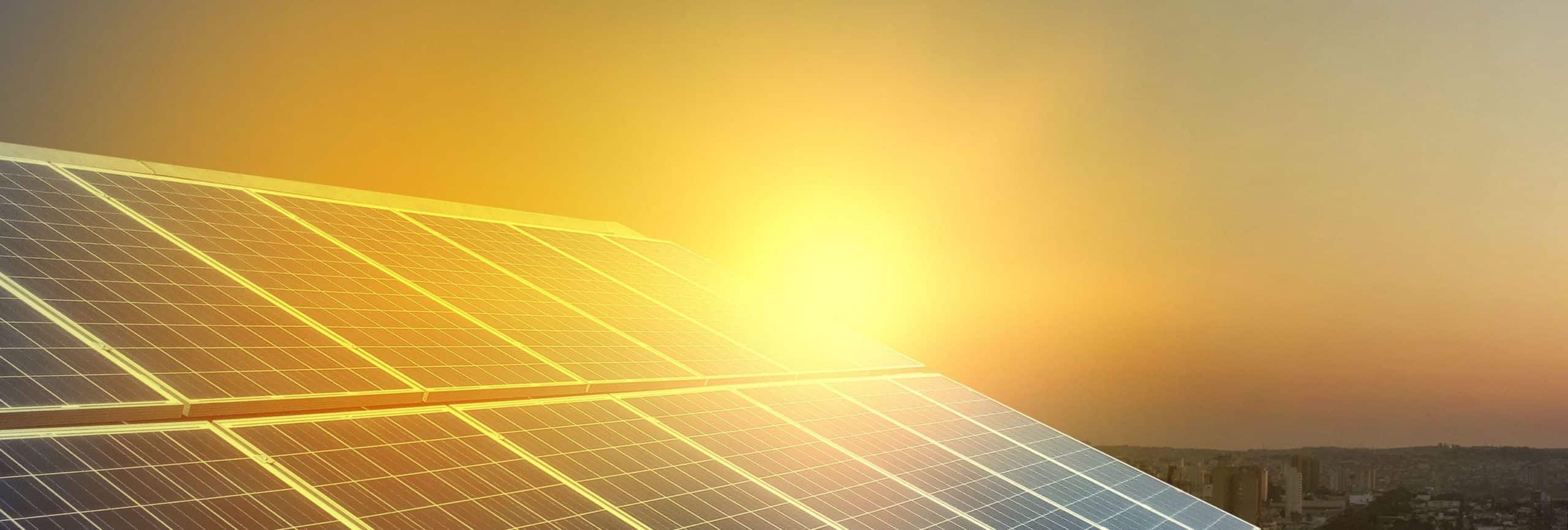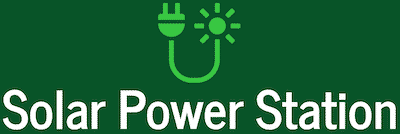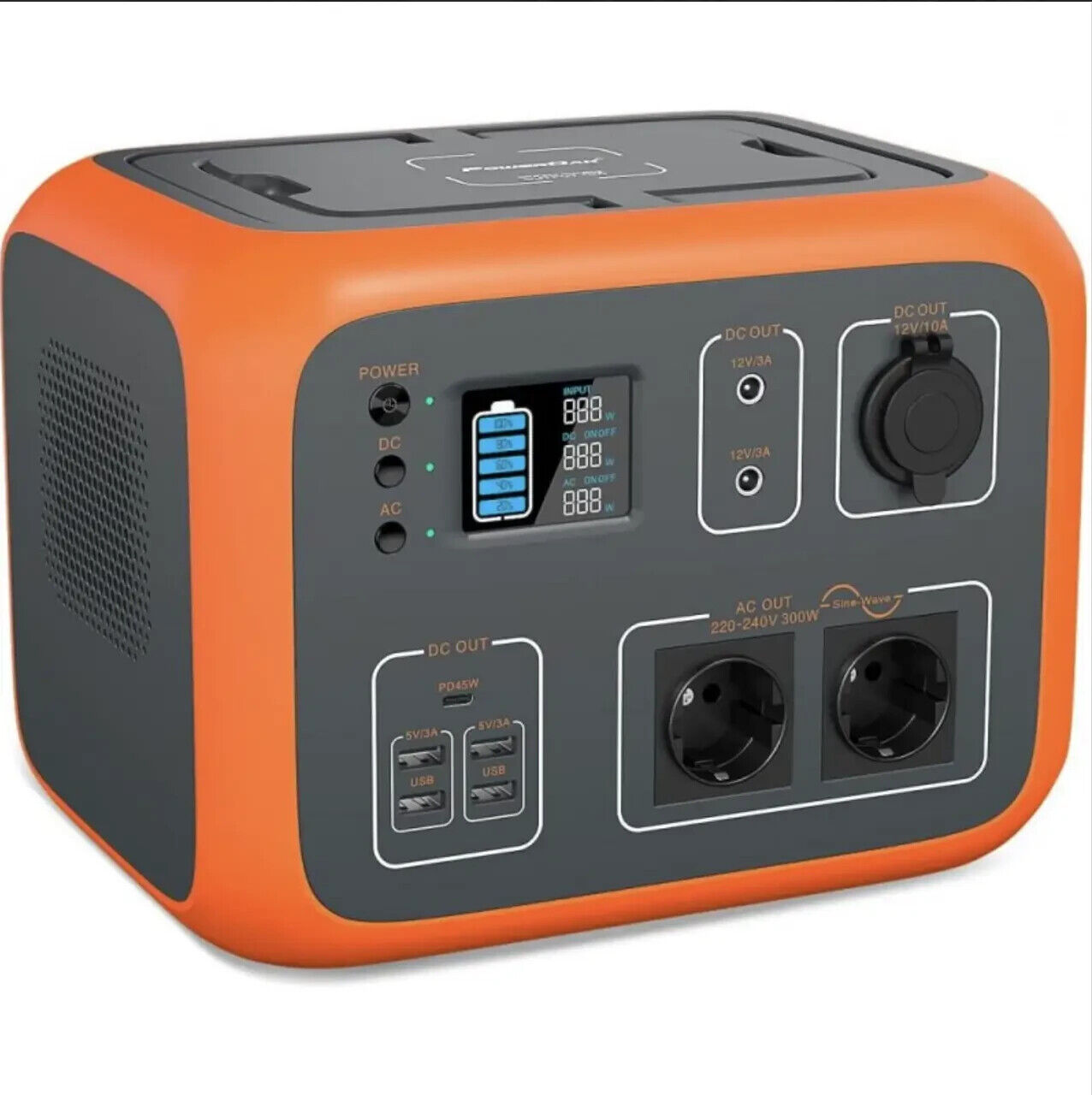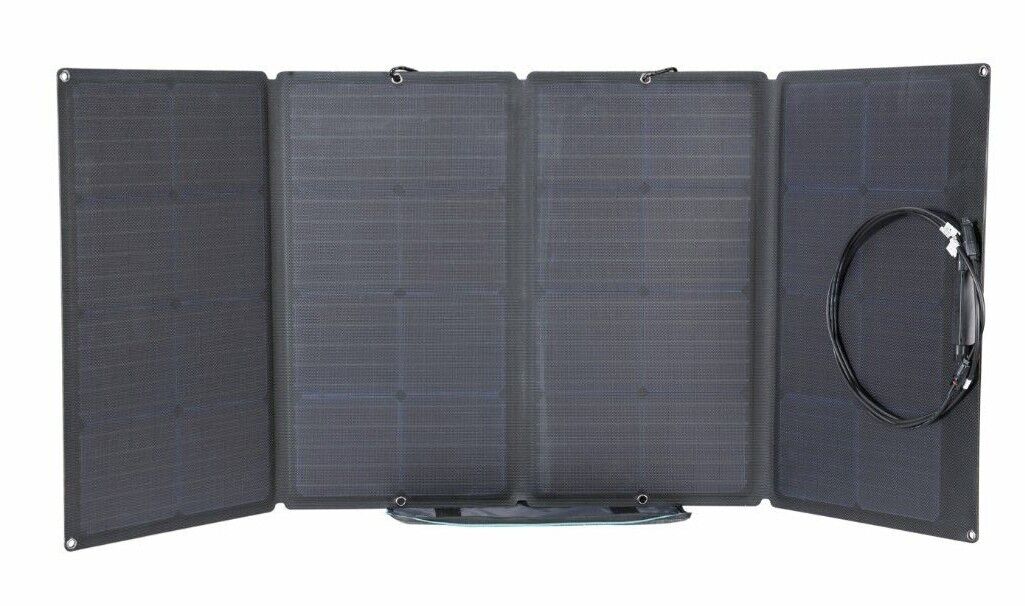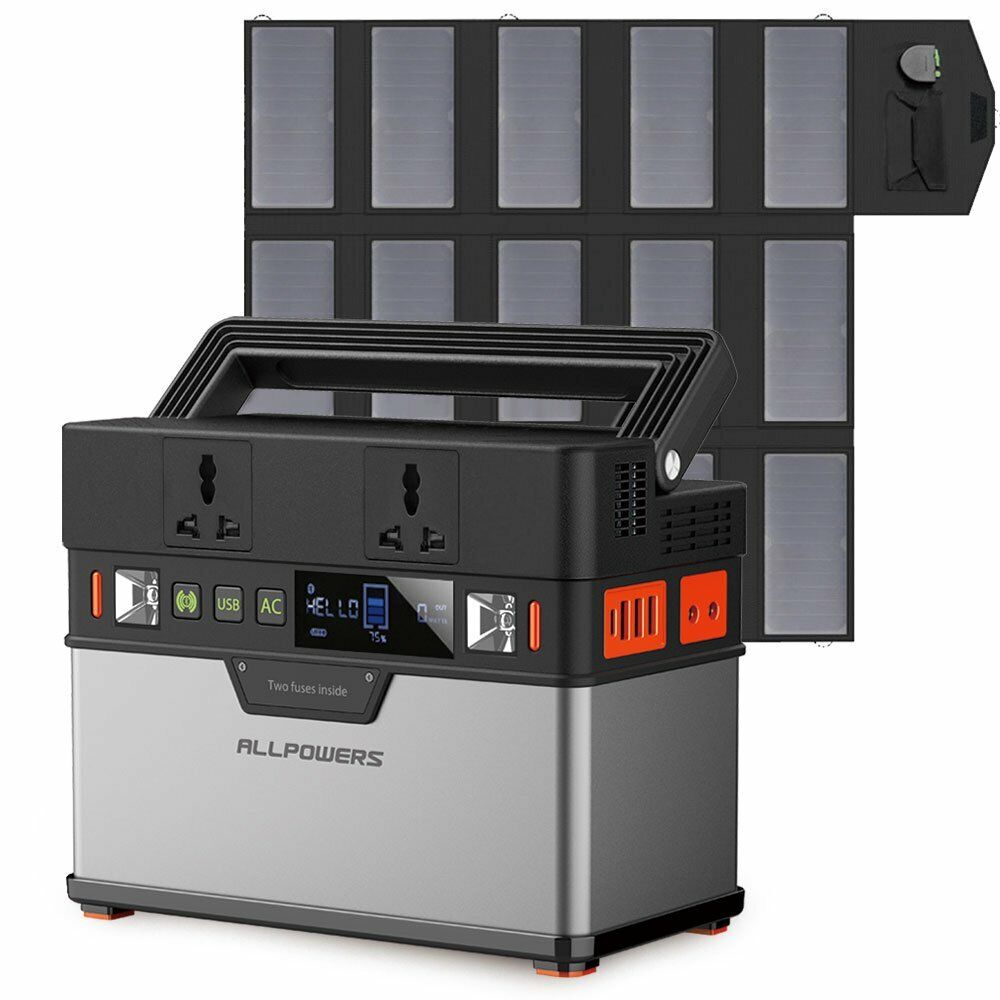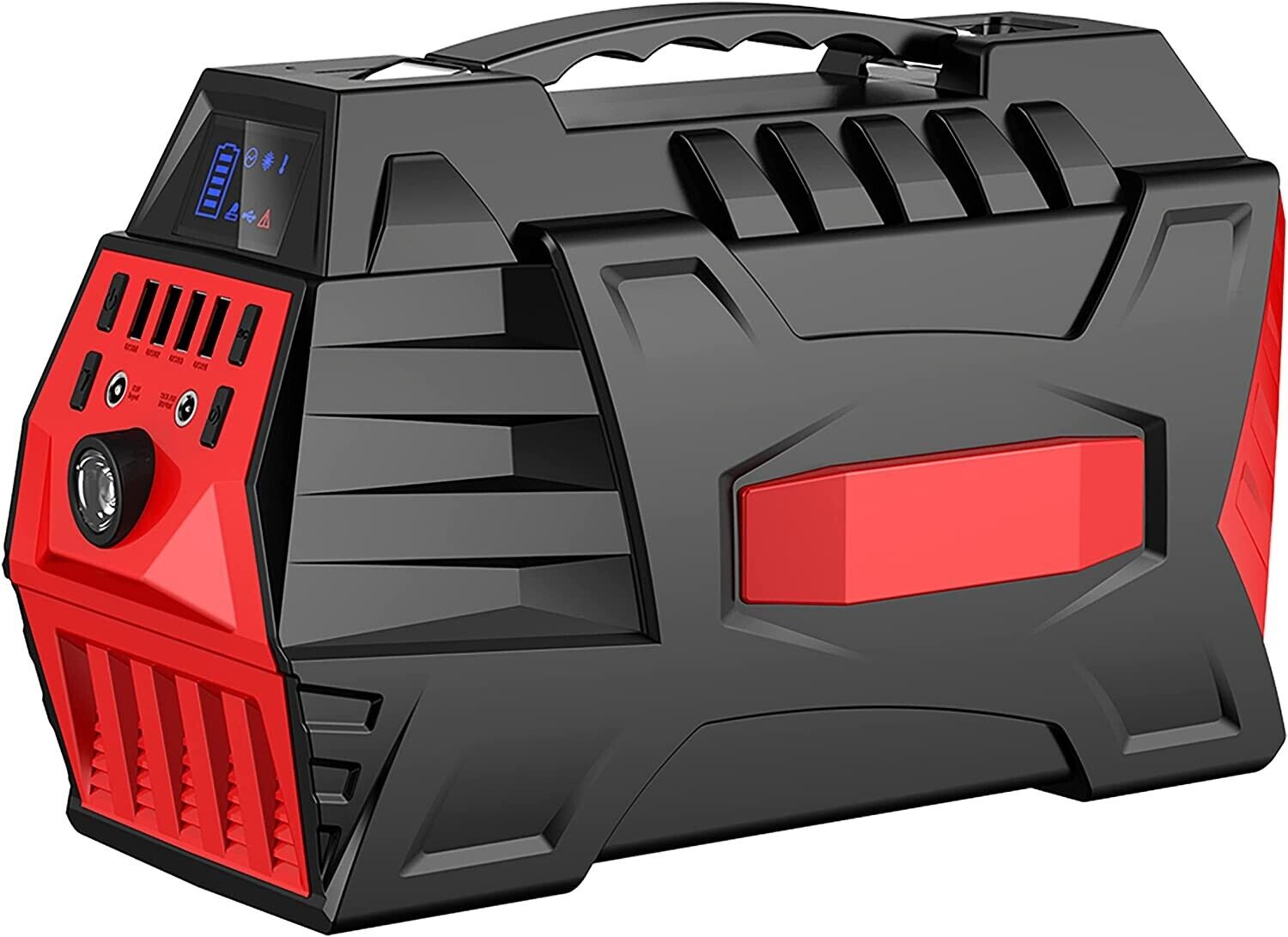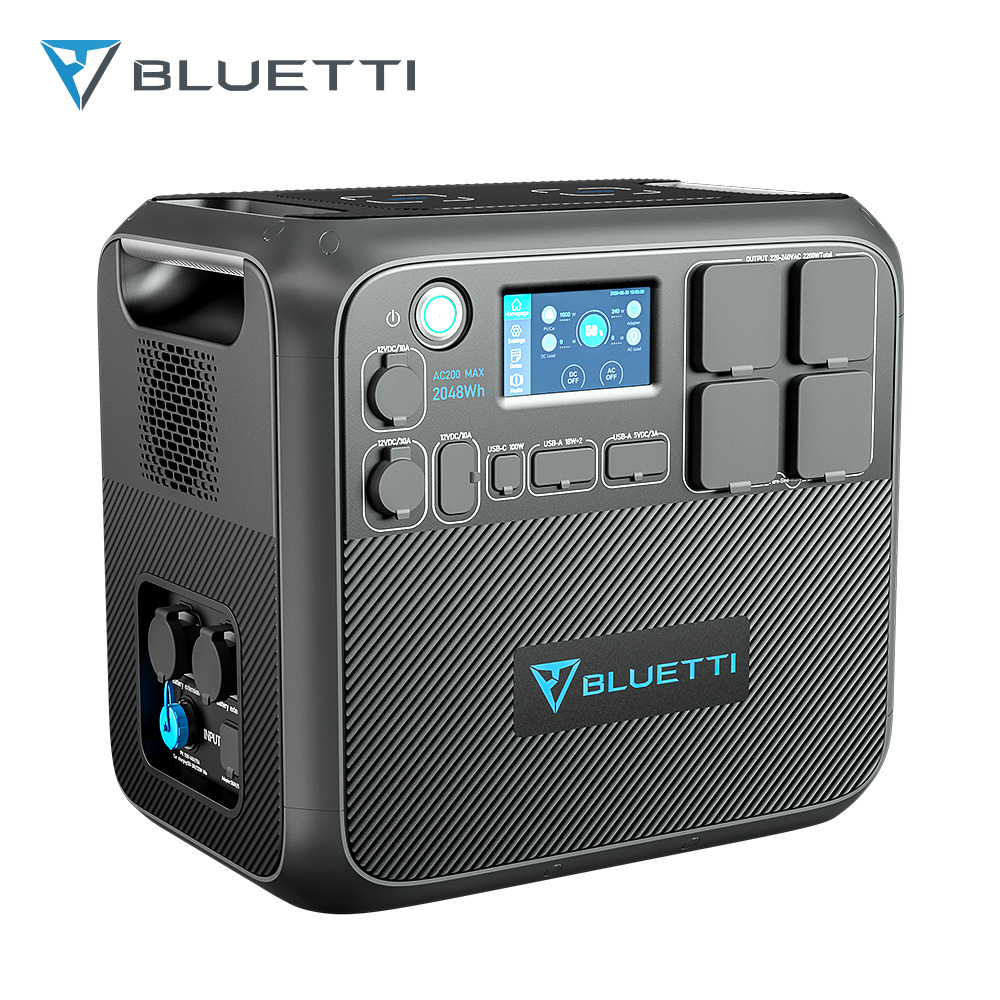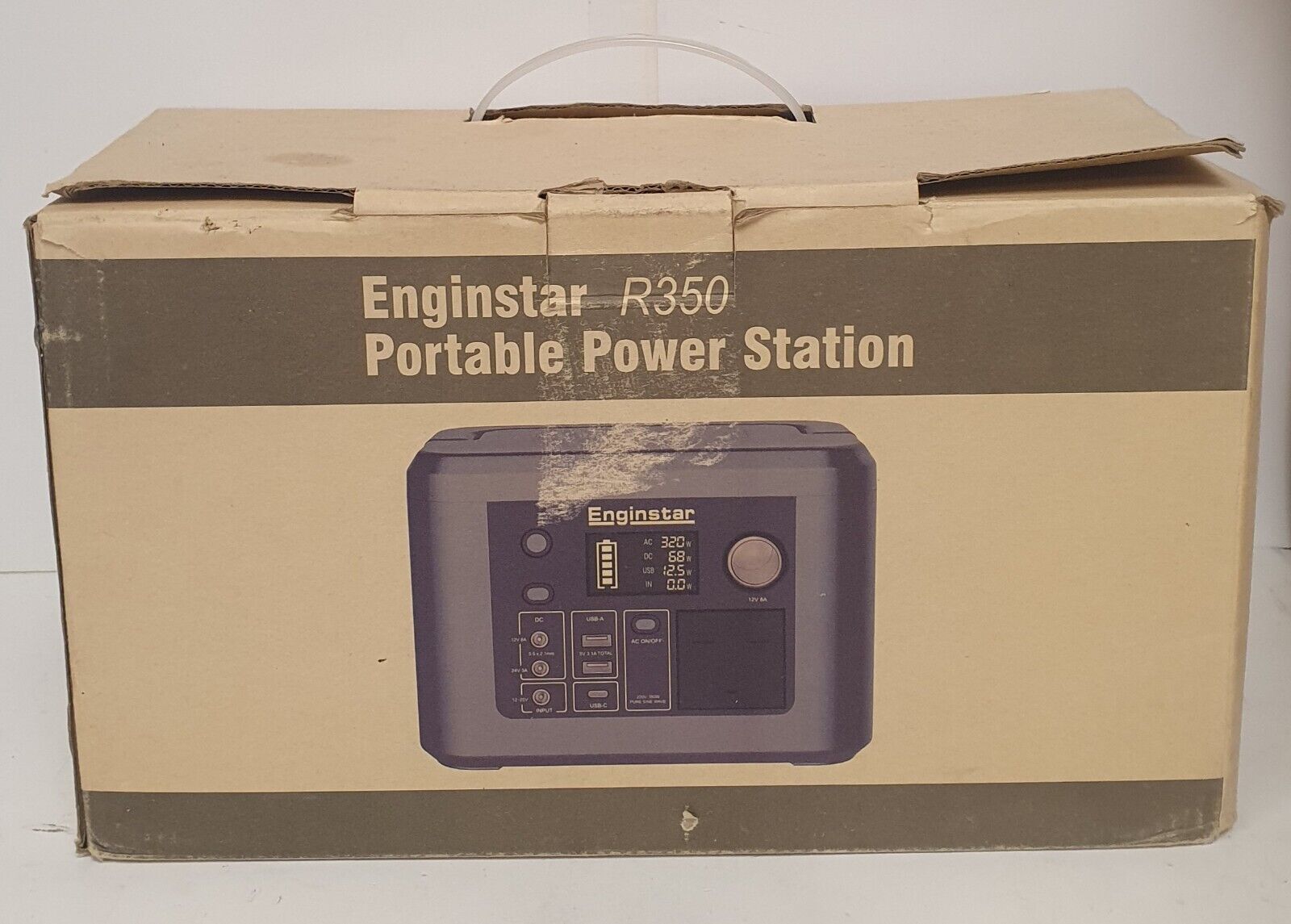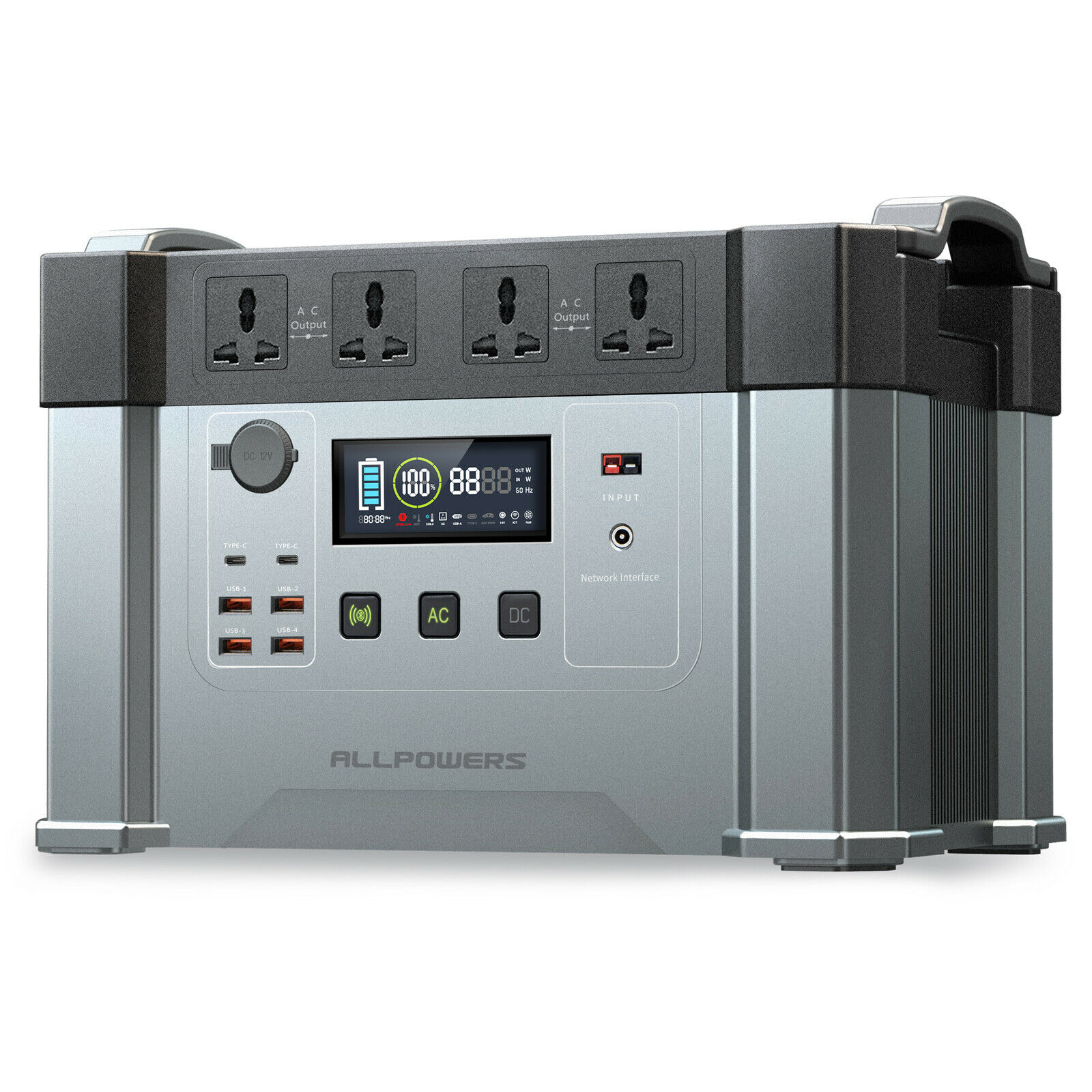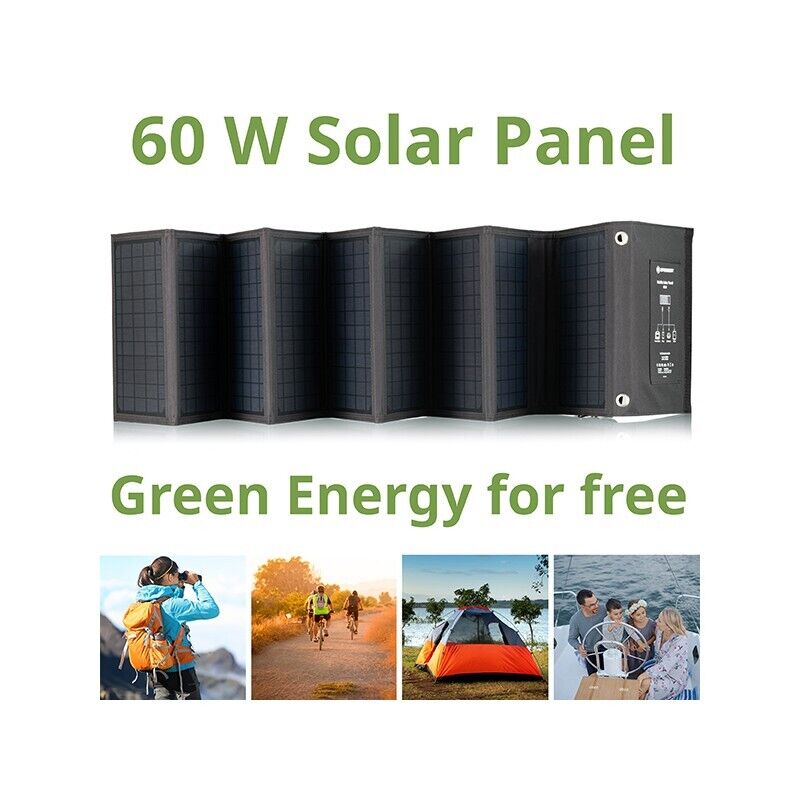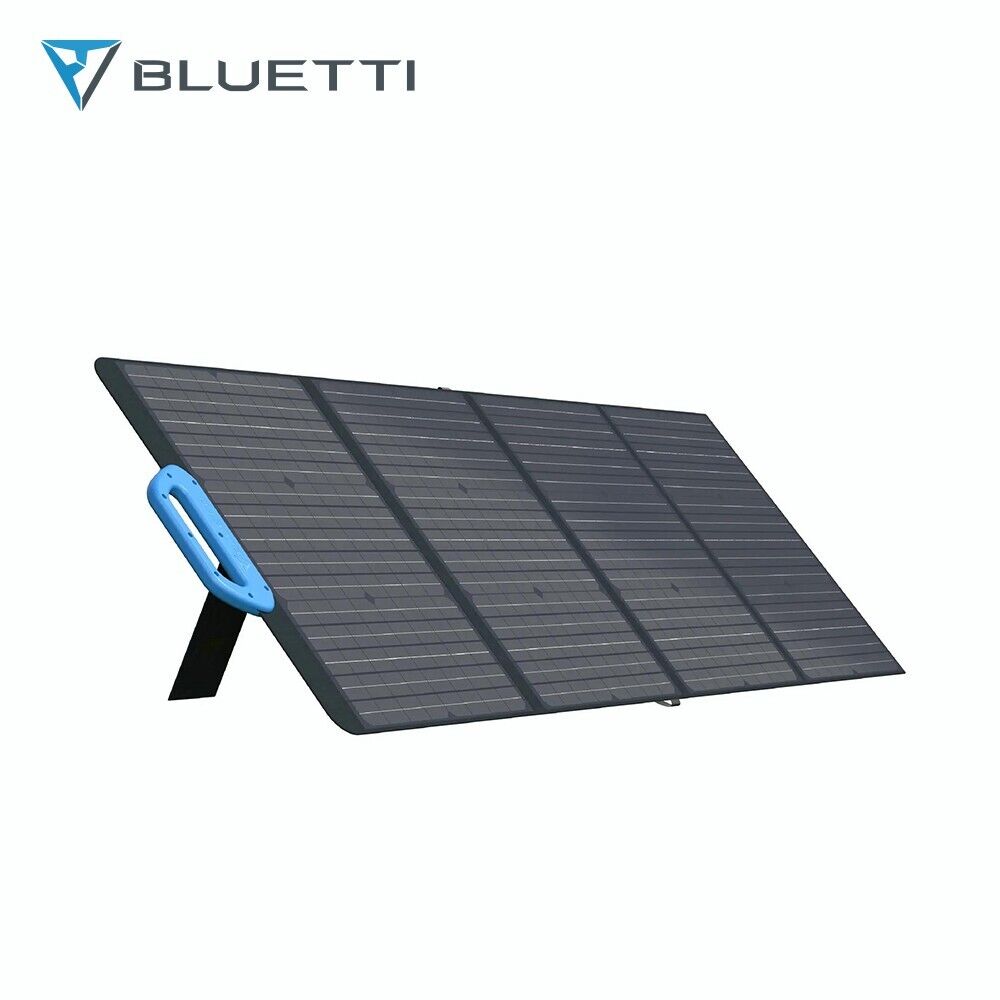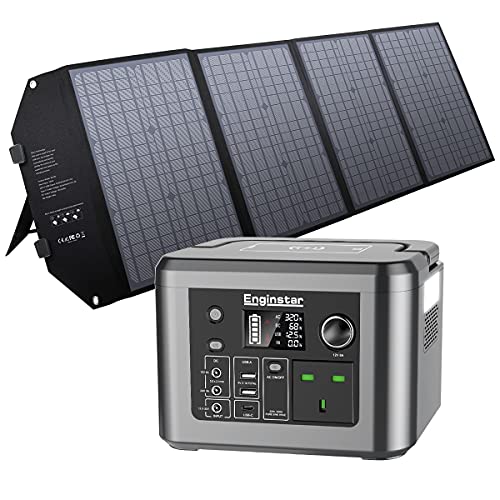Frequently Asked Questions About Portable Solar Power Stations

Just like a typical solar power station, portable solar power stations are designed to capture the sunlight and convert it into electrical or heat energy. The only difference between the two is the word “portable” meaning the portable solar power station can easily be used anywhere. Whether you are camping in the sticks, on a boat, RV or sat in your garden away from a power supply, you will always have power in daylight.
This means you can have access to electricity from the sunlight no matter where you are. The portable solar power station proved that solar power is not just for houses and businesses. People who are always on the go can benefit from it too.
Here, we will cover some of the most commonly asked questions about portable solar power stations.
How much power can a portable solar power station can provide?
Portable solar panels are smaller than the traditional ceiling or ground-mounted panels, that produce approximately 250 and 365 watts per panel, whereas portable solar panels generate closer to 100 watts each panel.
Solar chargers are a smaller, more readily transportable. They are used to charge phones and other smaller equipment. The majority of solar phone chargers produce 5 to 20 watts of power and are classed as portable power banks. A portable solar power station is larger and more powerful than a power bank. A power bank used to charge a phone or tablet can easily fit into your back back whereas a portable solar power station can weigh a couple of pounds and should be stationary whilst attached to a large solar panel.
Portable solar power stations can provide anything from 200 watts to 2400 watts of power. The entry level ALLPOWERS Portable Power Station can provide 200 watts of power and 154Wh battery storage charging with a 60 watt solar panel. This setup can be used for charging phones, laptops, drones, running a light, fan or any other device that has a power consumption of 200 watts or less.
If you are looking for something to power larger devices, such as a fridge, heater, TV, you would need a much higher powered power station. The EF ECOFLOW DELTA Max 2400W powered by 2 x EF ECOFLOW 160W Solar Panels would provide enough power and battery storage for a long weekend away, running all necessary devices, charging laptops, phones, drones and powering your fridge, fan, heater, microwave and kettle.
In what cases can portable solar power stations can be used?
Here are some scenarios in which portable solar panels may be appropriate:
 For RV or camping
For RV or camping
For RV enthusiasts who spend a lot of time off the grid, a portable solar setup is a terrific choice. You can charge up a solar generator with just a few portable panels anytime the sun shines and use that energy to power some devices while on an expedition. You may leave your noisy fuel generator at home and spend the peaceful natural scenery you’re passing through with portable solar panels.
 For mobile charging
For mobile charging
Portable panels aren’t just for intrepid explorers. Tiny solar chargers or portable power banks that fit in a backpack or a pocket can be purchased and used to harvest solar energy.
 Charge the battery of the car
Charge the battery of the car
Portable solar power stations are best to charge the battery of a car. This means now there is no need to be worried about finding the charging stations when on the road. You will have your battery charger right with you in your car. Don’t expect to get a lot of miles charging an EV through a portable solar power station, EV charing should be done via a home installation or public charge point. A 2400 Watt portable power station would only add a couple of miles onto your EV after depleting the stored energy of the station.
 Water Heater
Water Heater
Portable solar power stations are also efficient in heating the water in remote areas where people do not have access to gas or other electrical items.
 Charging different items
Charging different items
Aside from the mobile phone or car battery, portable solar power stations can charge laptops, tablets, music players, drones and other such devices.
 For Home Appliances
For Home Appliances
Solar energy can be used on the go-to power small appliances and devices, but it will save you more money if you build a roofing or floor solar system to meet as much of your electrical needs as feasible. A full home installation is costly, however, you can always attached a couple of BLUETTI SP200 200w Solar Panels to your roof and wire up a BLUETTI AC200MAX into your house to use for some devices, hairdryer, microwave, small fridge, kettle etc, to cut down your electricity bills at the end of each month. Rather than pay £10’s thousands for a full home solar setup, you can get away with paying less than £3,000 for this type of setup that will reduce your electricity bill and return your investment quite fast.
How does a portable power station work?
Essentially, a big battery is charged via wall plugs, solar panels, car charging stations, or any other available source. The batteries are then transformed into a portable power bank. All such portable power batteries normally contain a variety of outlets, including wall outlet plugs, USB connections, and automobile accessory ports for plugging in gadgets.
A portable power station is essentially a large battery that charges your electronics while you’re on the go. It’s similar to a smaller portable phone charger with a lot more functionality, wattage and battery life.
Outdoor features like as robust sturdy casings, high durability, and other must-haves are common on these larger portable power stations.
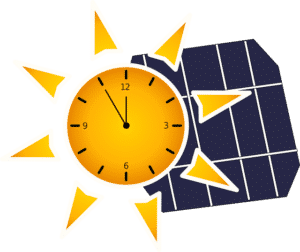 What is the working time of a portable power station?
What is the working time of a portable power station?
On a full battery, a portable solar power station may last from three to thirteen hours. The longevity of a battery is determined by its age, kind, size, and the number of electronics connected to the power station.
A simple calculation to determine the working time of your solar power station:
Working time = Wh x 0.85 / operating wattage of your device.
So if our power station had a 500Wh battery and our device had a power consumption of 60 watts, you would do this:
500 x 0.85 / 60 = 7.08.
Your 60 watt device would run for 7 hours on a 500Wh power station.
What is the difference between off-grid solar power and on-grid solar power?
On-grid solar is hooked to the utility grid. It is the most popular solar system for both home and commercial applications. This technique is advantageous since it does not necessitate the use of supplementary batteries for power storage. A massive battery backup system to meet electricity needs when the solar panel is not generating energy is quite expensive and will raise the initial cost.
Off-grid systems, as the name implies, are not connected to the power grid and function independently. Battery storage is required in these systems because they are not connected to the power grid. The off-grid system is built to meet all of the energy requirements of the area in which it is placed. These are also known as portable solar power stations because they are not connected to any grid and can be carried anywhere.
Off-grid inverters and large battery storage capacity are employed to achieve this. Army bases, communication towers, isolated rural locations, mine shafts, remote farms, street lighting, and highway motels are all good candidates for these systems. RVs and caravans frequently use off-grid solar power systems to power their equipment.
Why do you need a portable solar power station?
No matter where you are, in the middle of nowhere, or in the comfort of your home, electricity is something we always need to run our daily appliances or devices. But with surging electricity prices people are shifting towards solar power stations and portable solar power stations to minimise their expenses.
Portable off-grid solar stations are in demand due to their easy carrying and noise-less functioning.
Here are some of the major advantages you will get by using portable solar power stations:
 Making Use of Green Energy
Making Use of Green Energy
Traditional power sources have several drawbacks, one of which is that they are not ecologically friendly. Solar generators, on the other hand, do not require any dangerous chemicals or fossil fuels to operate, so you won’t be harming the environment when you use one.
 Safe To Use Energy
Safe To Use Energy
Solar generators are among the most secure generators available. Solar-powered generators, unlike conventional generators, do not emit any toxic fumes or sparks. They’re ideal for a variety of settings, including inside and around kids and animals.
 Free Energy
Free Energy
You might never have to pay for the electricity again if you use a portable solar power station. After you’ve paid off the generator, you’ll have unlimited energy! As a result, these have an active role to play in the crisis when you might face a power shortage for extended periods of time.
 Various Sizes To Choose From
Various Sizes To Choose From
The best thing about portable solar power banks is that they come in all size ranges. From size to fit in your pocket or backpack to the size of a microwave oven, you can get your hands on any sized portable solar power station to meet your needs.
 Requires Minimal Maintenance
Requires Minimal Maintenance
Solar generators require extremely minimal upkeep, rendering them among the most minimal-maintenance sources of energy currently available. Apart from keeping your equipment clean, there is nothing else to maintain over time! You will not have to stress about expensive maintenance or new parts again.
 Self Sustainable
Self Sustainable
In comparison to other electricity generators that depend on gasoline or batteries, solar generators are totally self-sustaining. Once charged, they will strive to provide energy as long as the sun shines. Wonderful for a range of situations, especially when you really need constant power without worrying about running out.
Other advantages of portable solar power stations include water-resistant, along with their solar charge controller, so they may be used in all weather.
Is it worth investing in a portable solar generator?
Solar power stations are best utilised to power small appliances and charge devices. Thanks to their portability, they’re an excellent backup power source for a sailboat or RV camping trip. They’re also clean and don’t use a lot of fuel.
How long does a portable solar power station last?
The longevity of a portable solar power station is determined by two factors: how well it is kept and how frequently it is utilised. When you utilise a product from a fully charged battery to zero charges, it is called a cycle. So, if you only use your portable power station once or twice a week, it might only last a year or two. Always look at the product and find the cycle specifications, if it has 1000 cycle battery life, it can be charge 1000 times before degrading by 80%.
What to look for in a portable solar power station?
Select a portable power station that best suits your requirements. The larger the battery capacity, the better the watt-hour or milliamp-hour rating will be. More gadgets can be powered at once with a greater watt rating. Always choose a unit that equals or exceeds your demands and can be recharged in a variety of ways. So, your portable power station is workable on days when the sun is not shining.
Is it possible to run an RV solely on solar energy?
Yes, in general, though it depends on your location and when you are using your caravan/ RV (travel location and time of year) as well as how much power you use each day. If the solar power station allows passive charging, you can run and charge your devices using the energy provided directly from the solar panels and any surplus energy will be used to charge the battery at the same time. This energy can then be used to power things during the night.
How much portable solar power station costs?
The portable power systems we looked at ranged in price from £99 to £2,000. The cost of a solar generator varies greatly depending on the size of the battery. The Powkey 100W Portable Power Station is one of the more affordable portable solar generators on the market, costing £99, whilst the ALLPOWERS Monster X Pro 2400W, a high-end solar generator, costs around £2,000.
Smaller generators are clearly less expensive than larger generators. The reason behind this is that batteries, especially newer lithium batteries, are not inexpensive. The bigger the battery you need, the more power you’ll get. The battery is the most important component of a solar-powered generator, and they are expensive to acquire and manufacture.
The good news is that lithium batteries will get more affordable as time passes. So, to shortly answer this question, we should say that portable solar power stations are expensive but their durability, high-end functioning, and easy and long-lasting maintenance are worth the investment.
